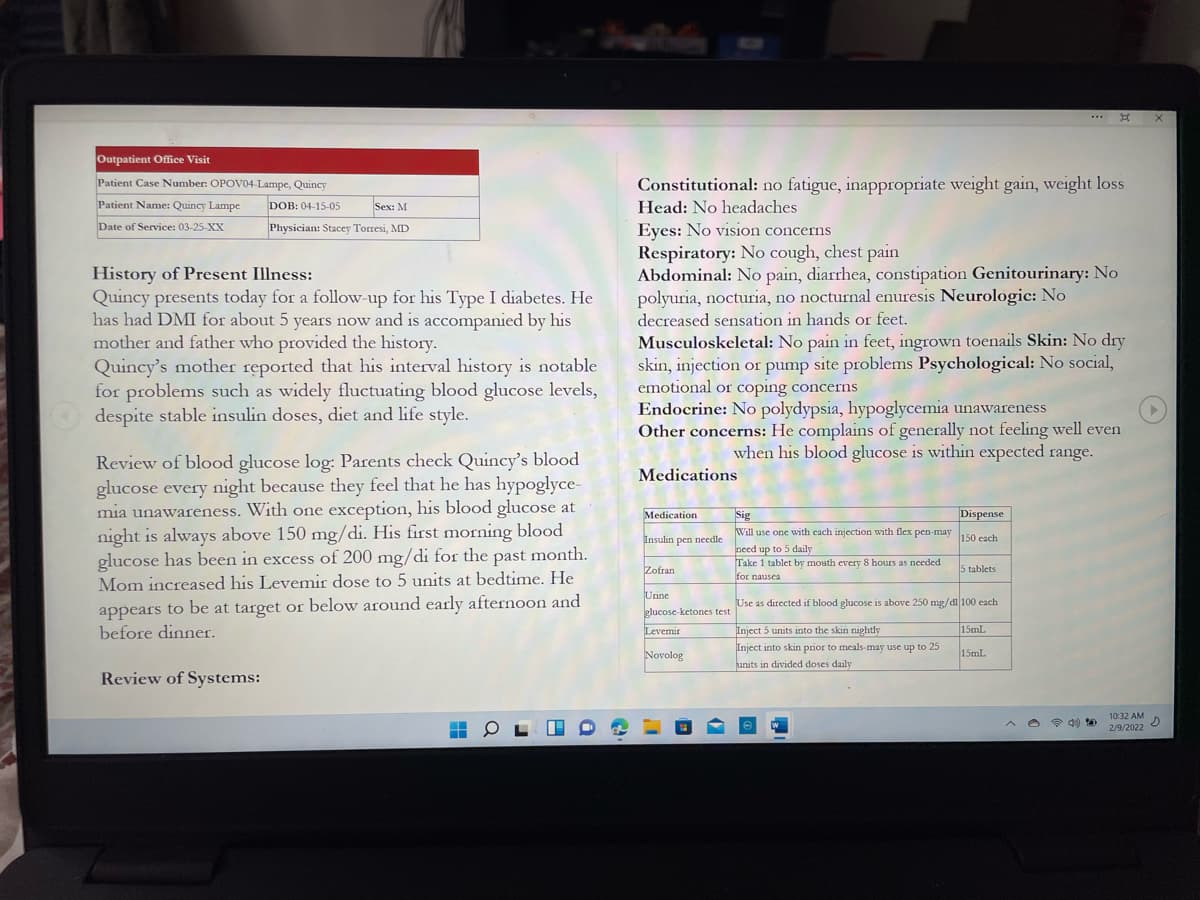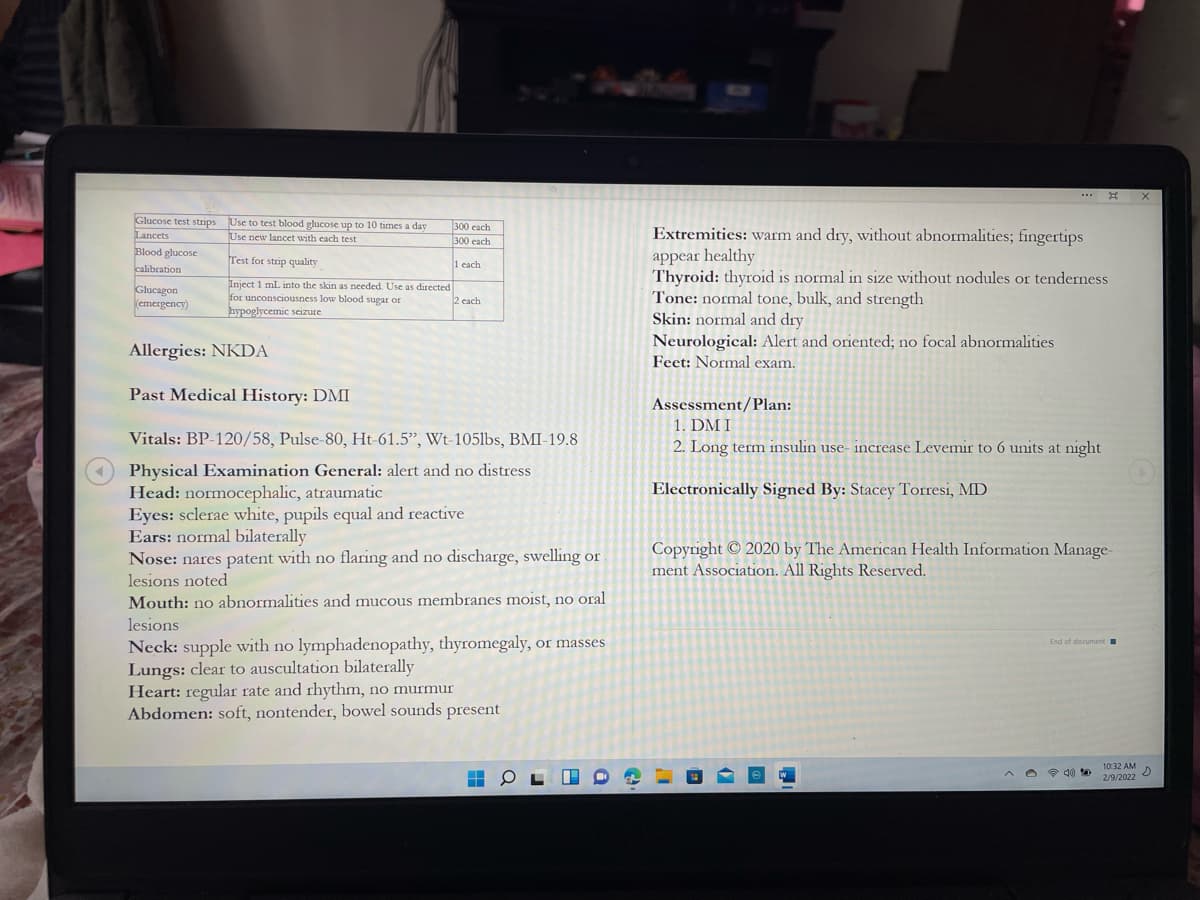

Introduction-
Diabetes types is also known as Juvenile diabetes or Insulin dependent diabetes. Diabetes type I is a chronic condition in that pancreas is not producing enough insulin and due to the deficiency of insulin, sugar will not be uptake by the cells.
Diabetes is a chronic metabolic disorder in that blood sugar level is increases.
Insulin- Insulin is a hormone released by the beta cells of pancreas, which regulate the sugar and helps in uptake of sugar by cells.
Diabetes type I- It is also called a insulin dependent diabetes, because insulin production is affected by the autoimmune damage of beta cells of pancreas. This occurs before the age of 40 years.
Causes-
- Autoimmune dysfunction.
- Dietary factors like low vitamin D consumption, early complimentary feeding with high fats.
- Race
- Geographic area
Sign and symptoms-
There are 3 Ps which indicate the diabetes-
1) Polyuria- Excessive urination.
2) Polyphagia- Excessive hunger
3) Polydipsia- Excessive Thrust
other than that-
- Nocturia
- weight loss
- Fatigue
- Blurred vision
- Numbness
- skin itchining
- irritability
Diagnostic test-
- Blood monitoring
- Oral glucose tolerance test
- Glycosylated hemoglobin (A1C) test
Treatment -
- Administration of Insul-
- Healthy Life style-
- Patient with diabetes should follow the healthy and nutritional diet, with low sugar content.
- Physical Activity- Regular exercise will help the patient. it will help in maintaining the blood sugar level.
Trending now
This is a popular solution!
Step by step
Solved in 2 steps






